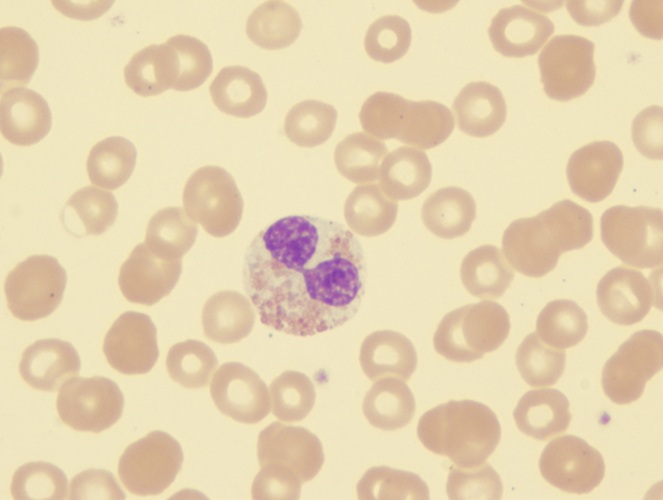New Genetic Test Improves Diabetes Prediction and Classification
Posted on 01 Jul 2025
Diabetes disrupts the body’s ability to control blood sugar levels. Type 1 diabetes arises when the immune system mistakenly destroys the pancreas’ insulin-producing beta cells, requiring patients to take insulin injections daily. Type 2 diabetes, often linked to high BMI, either reduces insulin production or impairs the body’s response to insulin. Several treatments exist for type 2 diabetes, and nearly 50% of individuals with a short duration of the disease can achieve remission with treatment. However, up to 40% of adults with type 1 diabetes are initially misdiagnosed as having type 2, which can delay appropriate insulin therapy and lead to complications. This diagnostic error is especially prevalent in China, where many patients do not match the typical age or weight characteristics of their diagnosed diabetes type. So far, diabetes classification in East Asian populations has relied on symptom presentation and standard diagnostic tests. Early detection typically involves checking for islet autoantibodies—proteins indicating beta cell destruction—but about 25% of newly diagnosed type 1 diabetes patients show no detectable autoantibodies.
Researchers at Second Xiangya Hospital (Changsha, China) have now improved a genetic-based approach to determine whether someone has type 1 or type 2 diabetes in Chinese populations. This method is currently being used in a large clinical trial aimed at enhancing treatment across the region. Their study, published in Diabetologia, involved over 2,000 Chinese patients with type 1 diabetes, 1,000 with type 2 diabetes, and 3,000 controls across various study phases. The team used data from a previously established genetic risk score and diagnostic strategies originally developed by researchers at the University of Exeter (Exeter, UK). Their new research examined all genetic contributors to diabetes in the participants and produced a version of the genetic risk score tailored specifically to Chinese patients—a tool designed to support diagnosis.

The genetic markers linked to type 1 diabetes in Chinese individuals were confirmed and further validated in a separate cohort of patients in Hong Kong, analyzed by researchers at The Chinese University of Hong Kong (CUHK, Shatin, NT). When applied to different patient sets, this diagnostic tool significantly improved the ability to distinguish between types of diabetes among Chinese patients. As a result, an additional 20–40 out of every 100 individuals with type 1 diabetes would be accurately diagnosed. Furthermore, the test may help pinpoint individuals at high risk of developing type 1 diabetes in the future. This has particular relevance for those with a family history of the condition. In the UK, such a test is already commercially available for this purpose.
“It is very hard to tell from symptoms alone whether someone has type 1 or type 2 diabetes, but getting the right diagnosis makes a big difference to their treatment, and blood sugar control,” said CUHK Professor Ronald Ma. This new test may be a real step forward in getting the right diabetes diagnosis the first time.”
Related Links:
Second Xiangya Hospital
University of Exeter
CUHK














